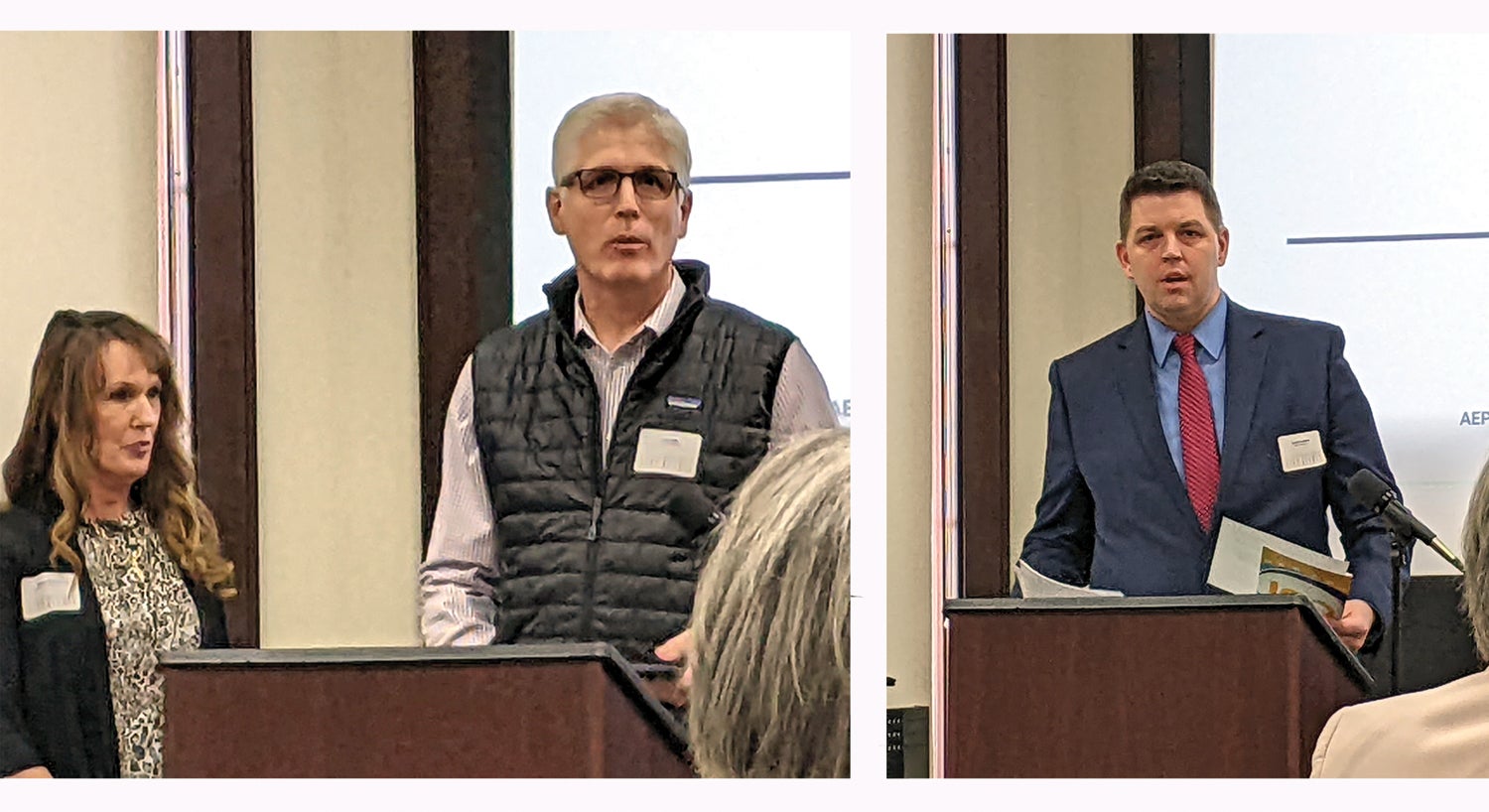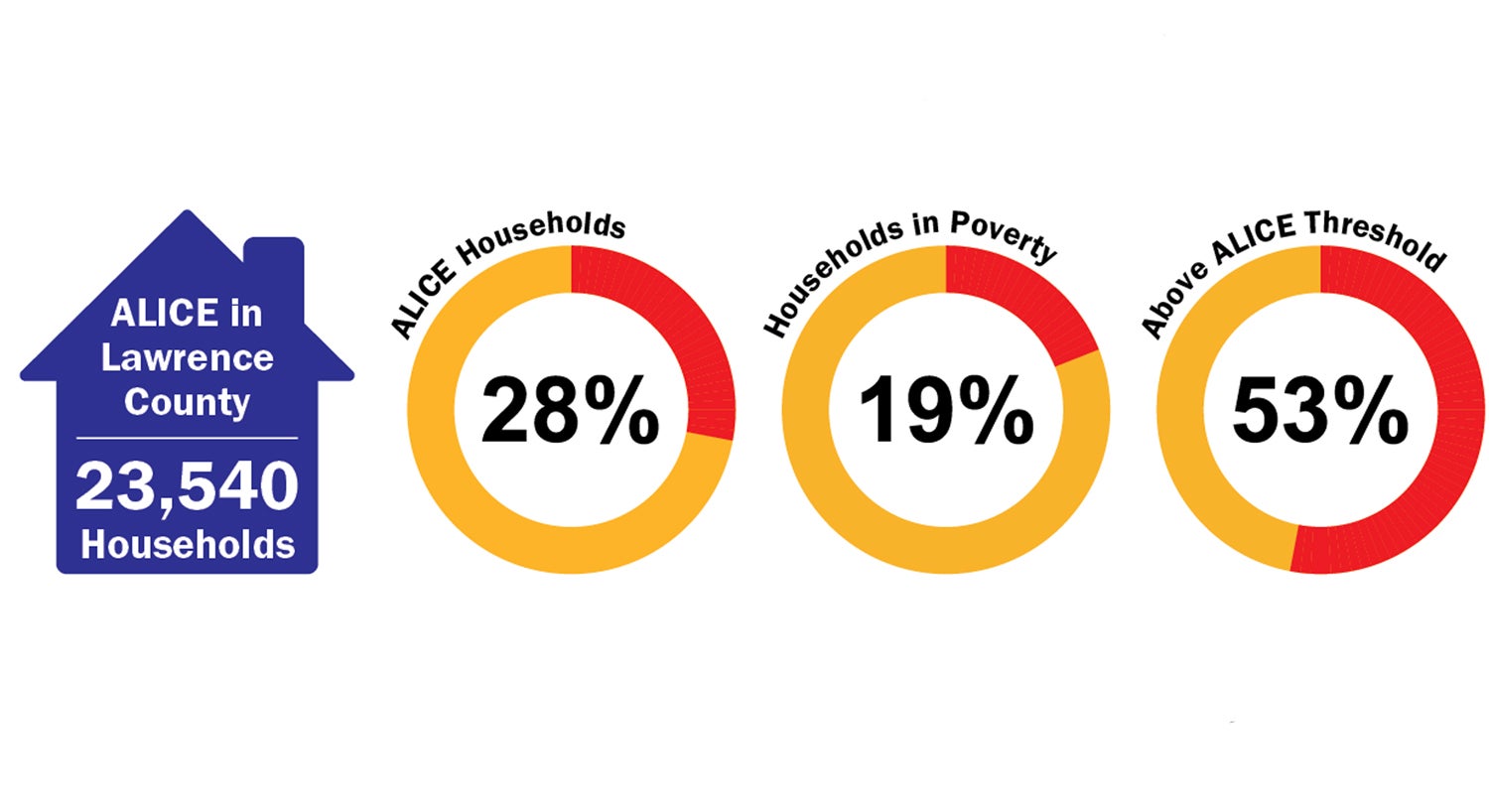United Way celebrates 100 years of service
Published 12:00 am Monday, March 21, 2022

- Colin Wills of Bloss & Dillard, left, and incoming board of directors president Randy Saunders speaks at United Way of the River Cities celebration of excellence Wednesday at Ohio University’s Proctorville Center. (The Ironton Tribune | Sarah Simmons)
 United Way of the River Cities hosted its annual Celebration of Excellence Wednesday at Ohio University’s Proctorville Center during which they recognized community donors, volunteers, partner agencies and staff members.
United Way of the River Cities hosted its annual Celebration of Excellence Wednesday at Ohio University’s Proctorville Center during which they recognized community donors, volunteers, partner agencies and staff members.
The event honored work in the areas of health, education, financial stability and basic needs in the five counties that United Way serves, celebrated the milestone of reaching 100 years of service in the community and looked forward at how that service grows and shifts to meet community needs.
One service United Way provides is VITA, or volunteer income tax assistance, offering free tax return preparation for moderate to low-income households. Speaking of the program, VITA site coordinator Lacy Ward Jr. said, “It’s wonderful to be able to help people interact with their government in a way that’s beneficial to them and beneficial for the community.” In 2021, the program brought nearly $3 million back into the region in refunds.
One partnership that was highlighted during the celebration was that of West Virginia Children’s Home Society and Bloss & Dillard, a workplace that was offered a tour in order to connect with the programs they help United Way of the River Cities fund. “Our main mission is we help children in foster care,” said Belinda Chapman, director of development and resources for the Children’s Home Society. “It just really made a lasting impact,” Colin Wills of Bloss & Dillard said after the tour. “My mother was a foster child, so it really became personal.”
Carol Bailey, executive director of United Way of the River Cities, spoke of a new focus for their community impact, which is ALICE, or people who are asset limited, income constrained, employed.
The community members who fall into this group are households that earn more than the federal poverty level, but less than the basic cost of living, such as housing, child care, food, transportation, health care and a basic phone plan. The people who fall into this category could be “teacher aides, cashiers, fast food workers, health care aides, custodian staff and clerks,” Bailey said.
In Lawrence County, 19 percent of households are in poverty and 28 percent of households fall into the ALICE category according to unitedforalice.org.
This means almost half of households in Lawrence County make less than it costs to cover basic cost of living.





